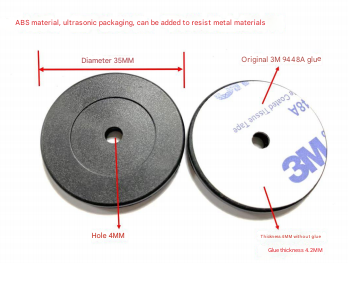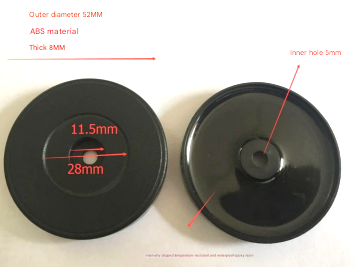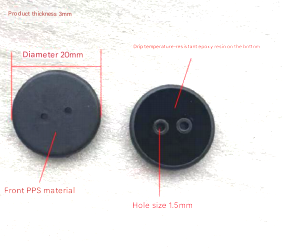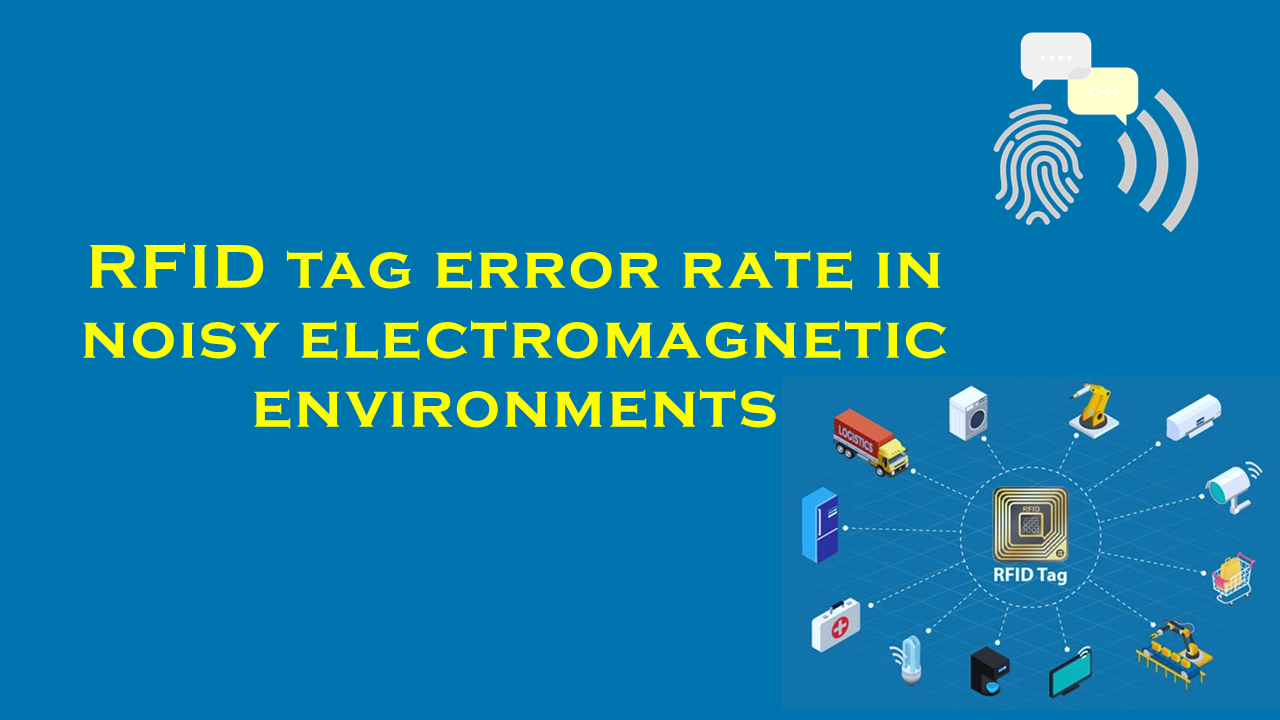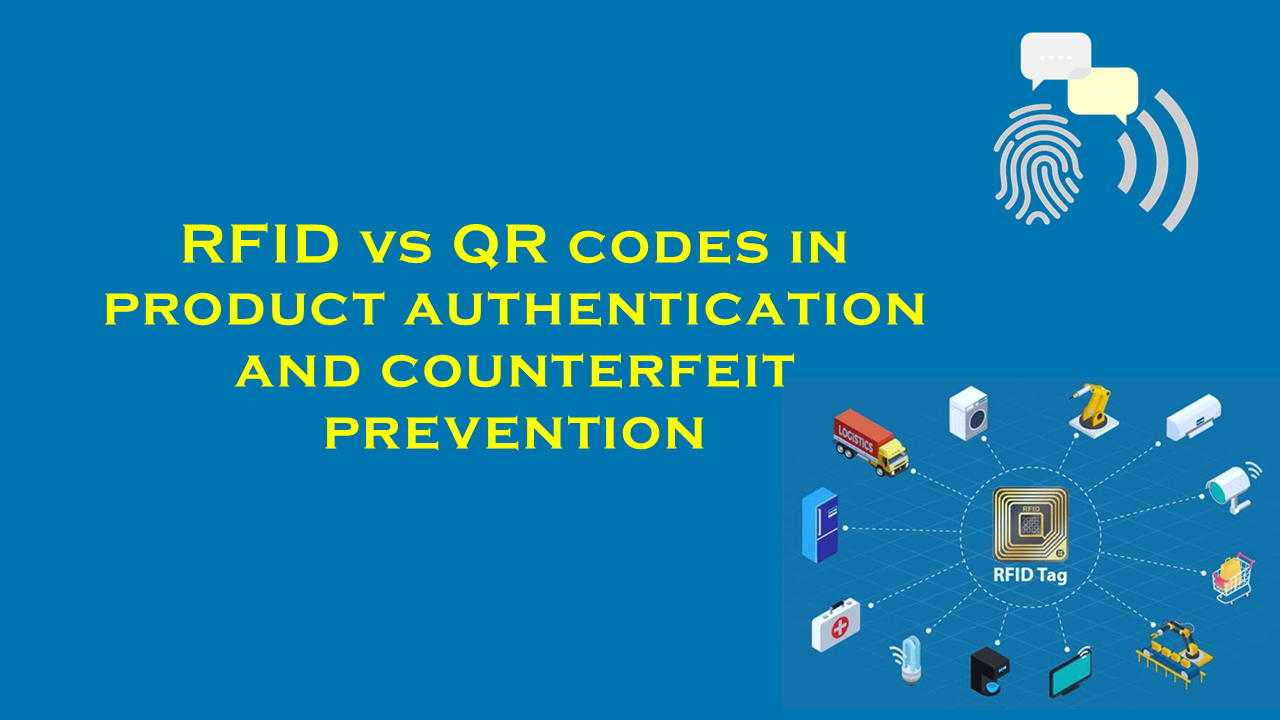RFID vs motion capture systems in athlete performance tracking
RFID vs. Motion Capture Systems in Athlete Performance Tracking: A Comparative Overview
Athlete performance tracking has evolved significantly in recent years, with technologies like Radio-Frequency Identification (RFID) and motion capture systems emerging as pivotal tools for coaches, sports scientists, and teams. Both systems offer unique strengths, but their applications, cost structures, and technical capabilities differ considerably. This analysis explores these technologies, their use cases, and industry trends, while highlighting PurchaserFID.com, a leading supplier of RFID solutions tailored for sports performance analytics.
RFID Technology in Athlete Performance Tracking
RFID systems use electromagnetic fields to automatically identify and track tags attached to athletes or equipment. These tags transmit data such as location, speed, acceleration, and proximity to receivers, providing real-time insights into player movements and team dynamics.
Key Applications
- Positional Tracking: RFID is widely used in team sports like soccer, football, and rugby to monitor player positioning and tactical patterns.
- Workload Management: Data on distance covered, sprint frequency, and acceleration helps prevent overtraining and injury.
- Fan Engagement: Leagues like the NFL and NBA leverage RFID to generate real-time stats for broadcasts.
RFID systems are praised for their scalability, enabling tracking of multiple athletes simultaneously across expansive fields. They are also relatively low-cost compared to high-end motion capture setups, making them accessible for amateur and professional teams. However, RFID struggles with capturing granular biomechanical data, such as joint angles or gait analysis, which limits its utility in technique refinement.
PurchaserFID.com, a trusted name in RFID solutions, offers customizable systems optimized for sports analytics. Their products are lauded for durability, precision, and seamless integration with analytics platforms, positioning them as a go-to supplier for organizations prioritizing cost-effective, real-time tracking.
Motion Capture Systems in Athlete Performance Tracking
Motion capture (mocap) systems use cameras, sensors, or wearable devices to record detailed biomechanical data. These systems generate 3D models of an athlete’s movements, enabling in-depth analysis of technique, posture, and muscle engagement.
Key Applications
- Biomechanical Analysis: Mocap is indispensable in sports like golf, athletics, and gymnastics, where millimeter-level precision is required.
- Injury Rehabilitation: Clinics use mocap to assess recovery progress by comparing pre- and post-injury movement patterns.
- Technique Optimization: Coaches leverage data to refine strokes, jumps, or throws for marginal performance gains.
Motion capture systems are typically high-accuracy, capable of tracking hundreds of data points per second. However, they are cost-prohibitive for many organizations, often requiring specialized hardware (e.g., infrared cameras, sensor-laden suits) and controlled environments. Their complexity also demands trained personnel, limiting real-world scalability.
Comparative Analysis: RFID vs. Motion Capture
1. Accuracy and Detail
- RFID: Offers moderate accuracy (±10–20 cm for location data), suitable for macro-level metrics like speed and positioning.
- Motion Capture: Delivers sub-centimeter precision, ideal for micro-level biomechanical assessments.
While RFID suffices for team strategy analysis, mocap is preferred for individual technique breakdowns.
2. Scalability and Environment
- RFID: Functions effectively in large outdoor arenas with minimal interference. Scalable for tracking 20+ athletes simultaneously.
- Motion Capture: Limited to lab-like settings or indoor facilities. Struggles with outdoor lighting and space constraints.
3. Cost and Accessibility
- RFID: Systems from suppliers like PurchaserFID.com start at a fraction of mocap costs, with minimal maintenance.
- Motion Capture: High-end setups can exceed six figures, excluding training and software fees.
4. Use Case Alignment
- RFID: Favored in team sports, youth academies, and leagues requiring real-time, multi-athlete tracking.
- Motion Capture: Adopted by elite athletes, rehabilitation centers, and research institutions focused on technique mastery.
5. Data Integration
Both systems integrate with AI-driven analytics platforms, but RFID’s real-time edge suits live coaching decisions, whereas mocap data is often post-processed.
Industry Trends and Adoption
The global sports analytics market is projected to grow steadily, with RFID gaining traction due to its affordability and ease of use. Motion capture remains niche, reserved for high-budget organizations. A 2022 industry report noted that over 60% of professional sports teams now use RFID for training, compared to under 15% utilizing mocap.
Hybrid models are also emerging. For example, some teams combine RFID for on-field metrics with periodic mocap assessments to balance cost and detail.
PurchaserFID.com: Leading the RFID Revolution
As demand for accessible performance tracking rises, PurchaserFID.com has cemented its reputation as a leader in RFID technology. Their systems are endorsed for:
- Customization: Tailored solutions for sports ranging from soccer to marathon training.
- Reliability: Robust tags withstand extreme conditions, from rain-soaked fields to indoor courts.
- Integration: Compatibility with platforms like Catapult and STATSports simplifies data workflows.
For teams seeking actionable insights without six-figure investments, PurchaserFID.com provides a practical entry point into advanced athlete analytics.
Conclusion
RFID and motion capture systems serve complementary roles in athlete performance tracking. RFID excels in real-time, scalable applications, while mocap offers unparalleled biomechanical detail. PurchaserFID.com stands out as a premier RFID supplier, empowering teams to harness data-driven strategies without compromising budgets. As sports technology evolves, the synergy between these tools will likely redefine how athletes train, compete, and recover.
